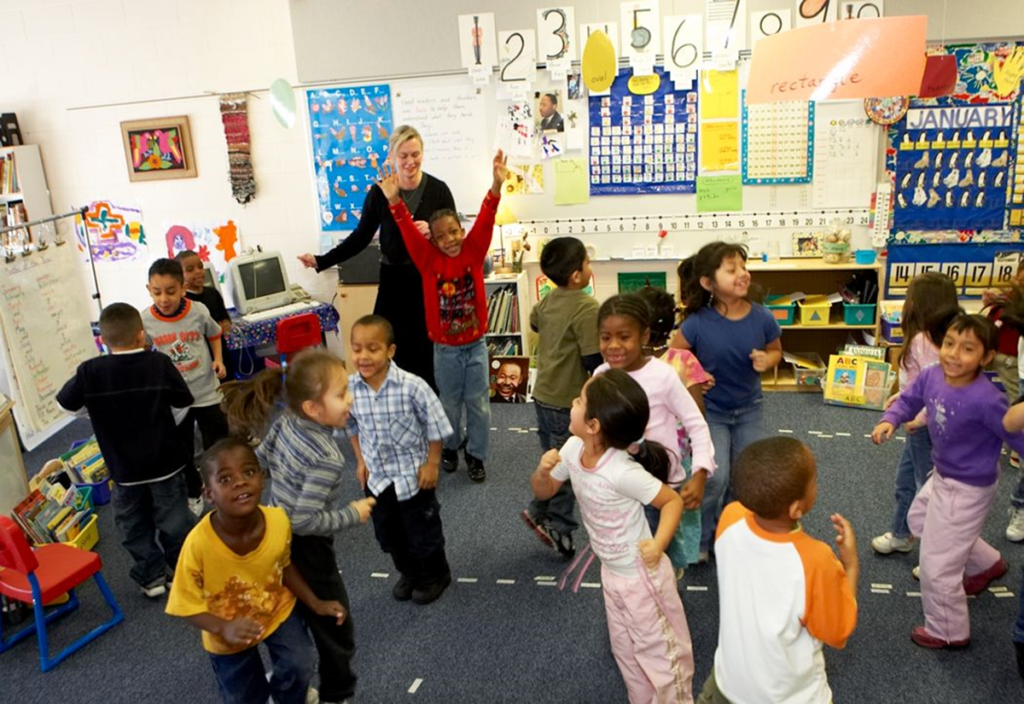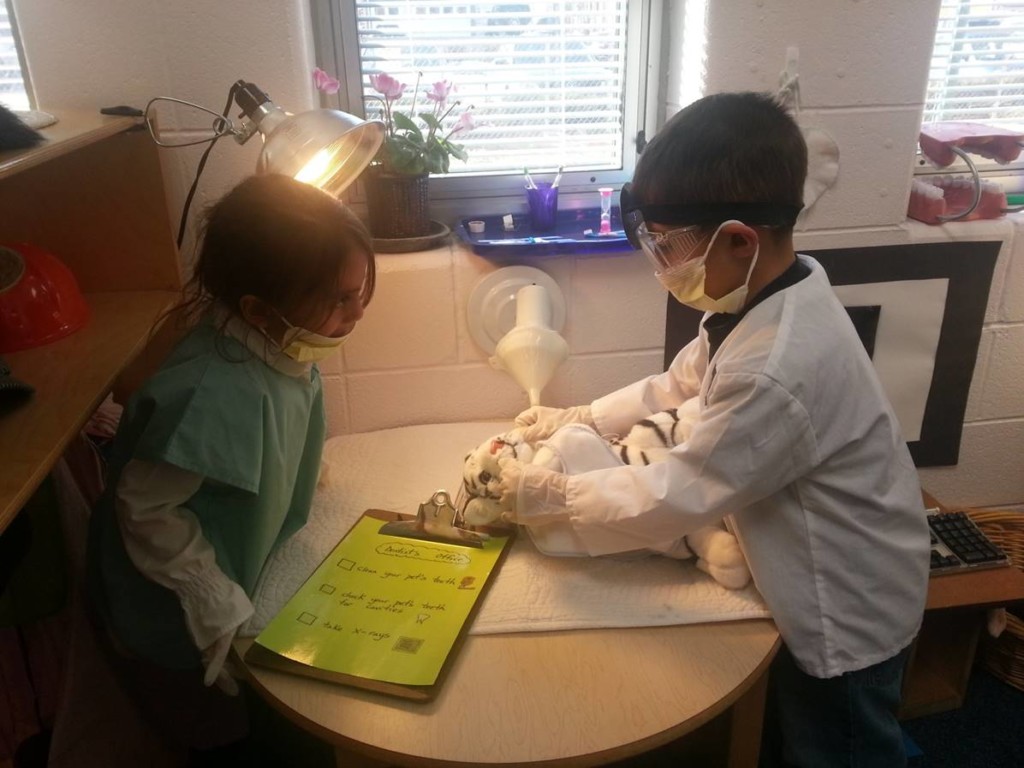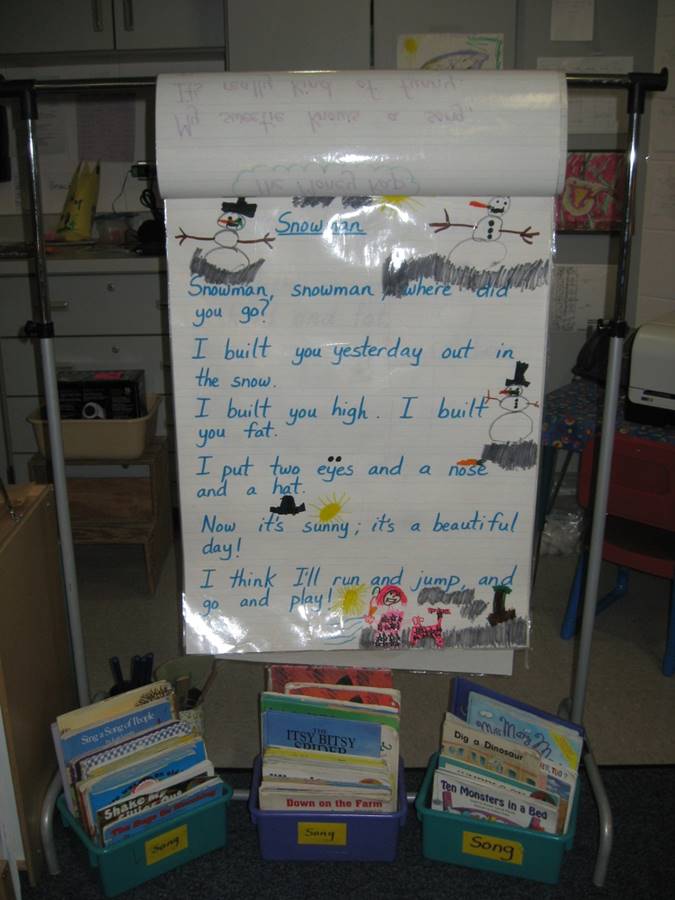As learners we all need physical breaks from cognitive work, particularly young children after they have been sitting for a bit. In my experience, after teaching for thirty years, 1-5 minute breaks at least 2-3 times per day energizes the group and primes the brain for learning.

Children love to move, especially to music (see blog Why Sing? Why Music?), and when encouraged they develop a proclivity for dancing. This fondness is nurtured from the get-go when a teacher models their enthusiasm and generates a context of fun while singing and wiggling their body, with gusto, alongside the children. Dancing encourages self-expression, develops gross motor skills, refocuses energy, and builds community.
Children need experience in developing an awareness of their body and how it moves in space in relation to others. It’s critical they become cognizant of how their energy is contributing to the group dynamics. When children move and dance harmoniously, a sense of togetherness is established—the community naturally strengthens in a delightful way.
Favorite songs/dances become rituals and predictable routines that help focus and engage the class as they settle into, for example, a mini-lesson prior to writing or reading workshop. These dances are strategically planned before children are expected to sit for any focused length of time to ensure optimal attention.
When introducing a new movement song, it’s important to explicitly model what it looks/sounds like so children have a visual expectation of what will unfold and are familiar with the lyrics they will hear. This facilitates greater engagement and enjoyment from the group. Many songs involve the use of classroom space (e.g. “Skip to My Lou”) so skipping practice, and establishing movement patterns, need to be established ahead of time to avoid unnecessary collisions.
Setting behavioral expectations is also critical for success. I always set the stage with, “Movement is not a silly time—it’s a fun time, a really important time when we get our wiggles out so we can do our best thinking and work…I want to see you using your arms, shaking your hips, jumping high…singing when you know the words…listening and moving to the beat…remember when we’re dancing, we’re not touching anyone or anything.”
Dance also provides an alternative context to develop language and concepts kinesthetically (e.g. ‘jump like a kangaroo’ or ‘crawl like a spider’ from the song “Shoo Fly”, a Gregg & Steve classic. Frequently, as children are moving to the music, I’ll insert additional content (e.g. “…as you’re jumping, look down at your joey. Make sure they’re safe in your pouch”…or “…you have eight legs, four on one side, four on the other…and most of you have eight eyes!”)
Visuals/graphics can be used, in addition, to facilitate understanding of new vocabulary (e.g. photo of an oil well or egg beater in conjunction with the “Dancing Machine” (Gregg & Steve).
Besides all the reasons mentioned above, a love of music, dance, rhythm, and providing children with an alternative modality for expression is critical to developing the whole child.
The pendulum has swung too far to the right; it’s about balance. We can still instill rigor in our classrooms and have fun. The key is to intentionally and purposefully integrate dance/movement into the structure of the day to support instruction. Once basic needs have been nurtured and stimulated through music/dance, children’s potential for learning is optimized.

